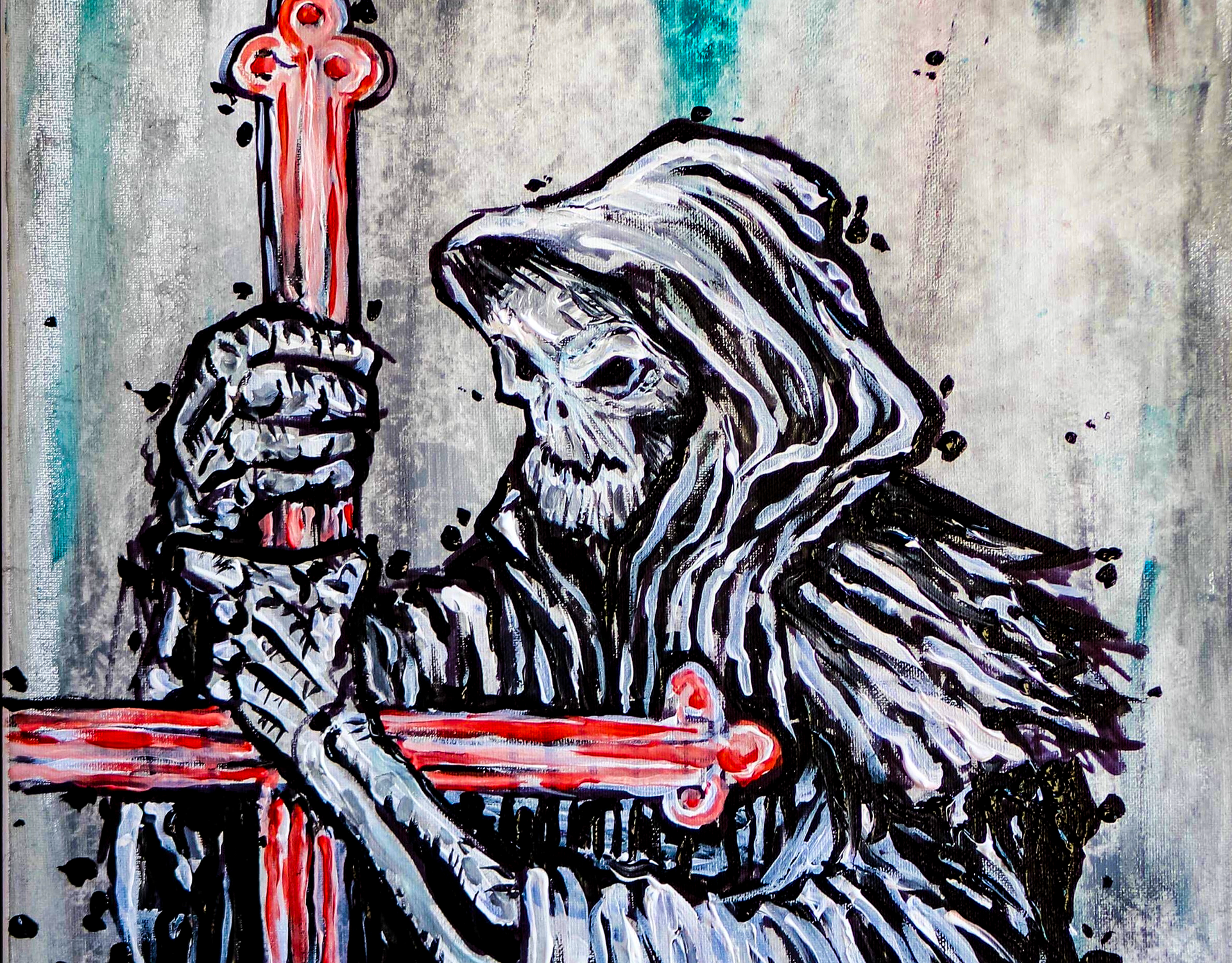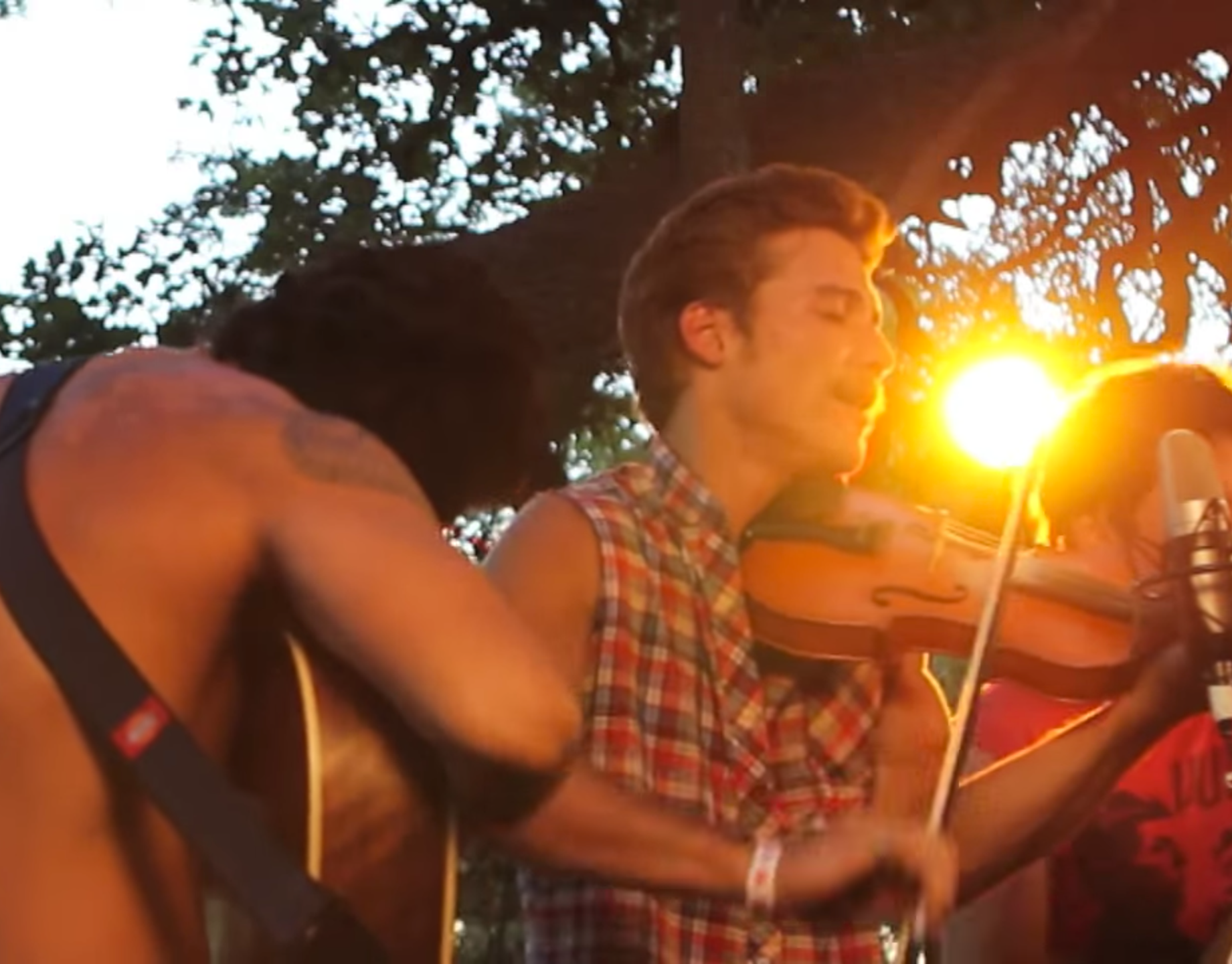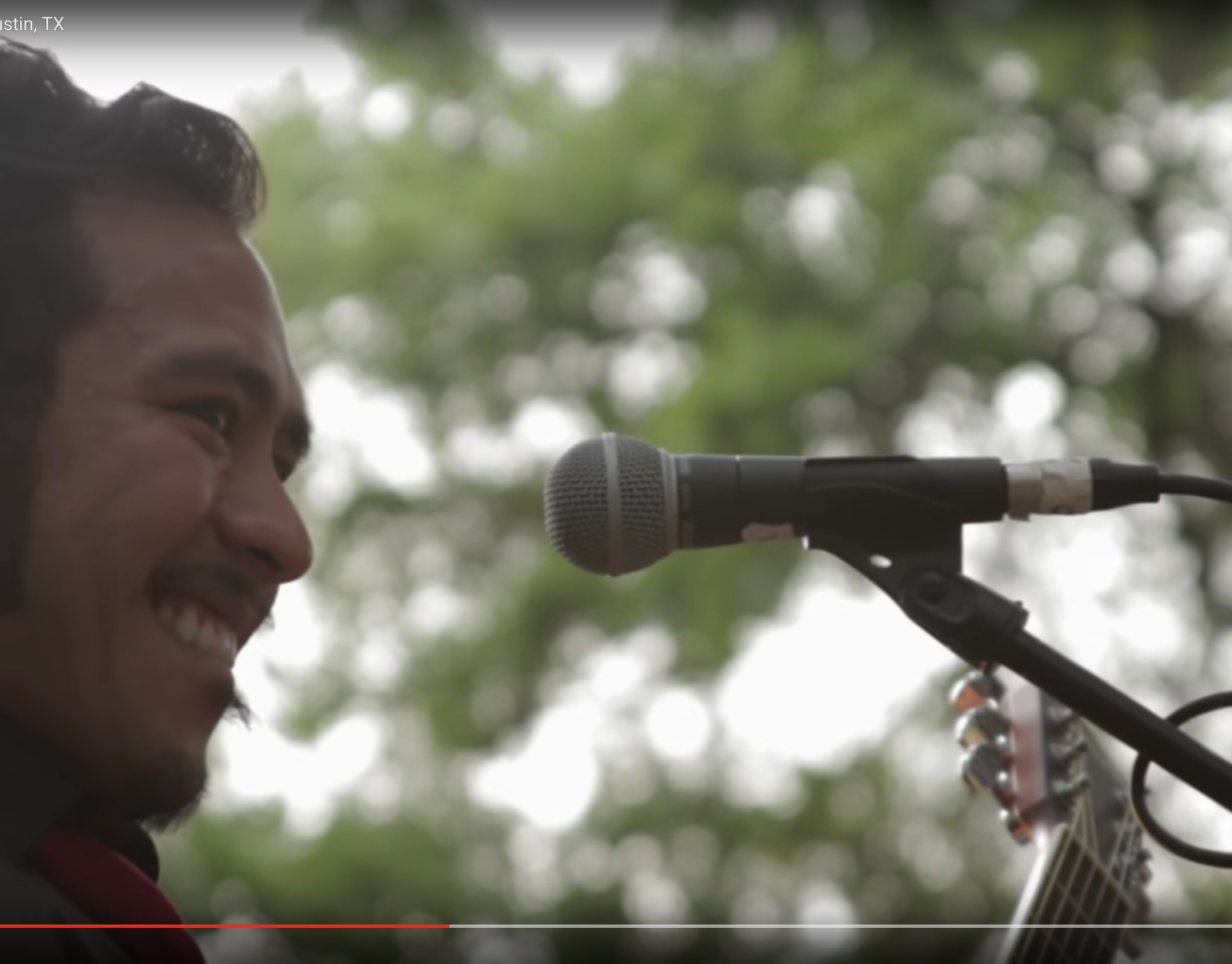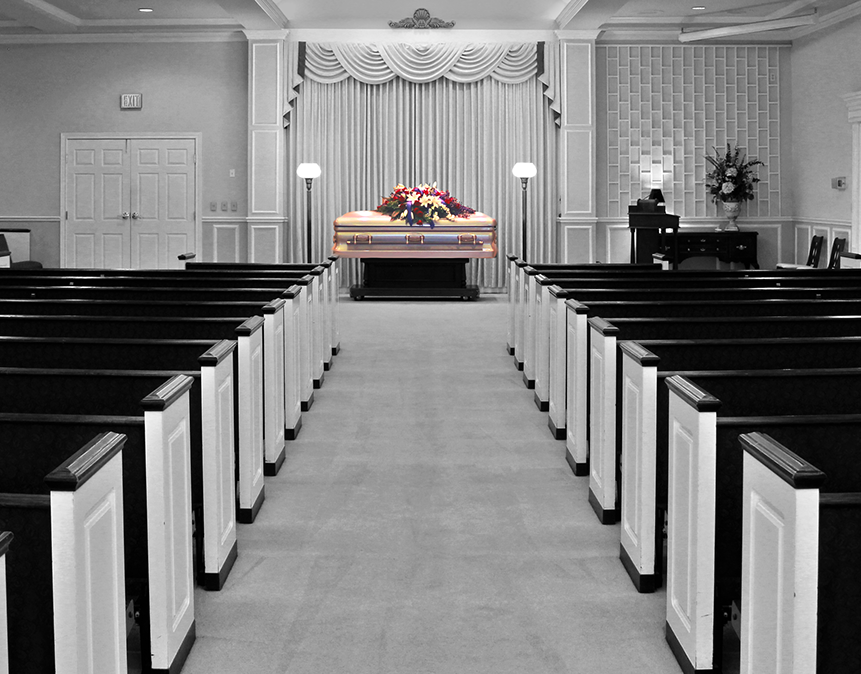Providence Ranch is one of the oldest ranches in Texas. This video was captured over the course of two days in May 2014. The hunt spanned over 16,000 acres of Providence Ranch land, as well as friendly neighboring ranches. Marksmen, enthusiasts and friends of the ranch came out to assist in feral (wild) hog population control, a common practice in Texas, necessary for ranch, livestock and natural wild habitat sustainability and safety.
Video, Audio & Sound Design - Concept, Direction & Production:
Conrad Heinz
Conrad Heinz
On-site Videography:
Conrad Heinz
Josh Ball
Conrad Heinz
Josh Ball
Music:
"I'll Fly Away" - Flatfoot 56
"I'll Fly Away" - Flatfoot 56
THE HUNT
Settled in 1861 by William Mark Wittenburg, Providence Ranch is one of the oldest and largest ranches in Texas. This video footage was captured over the course of two days in May 2014. The hunt spanned over 16,000 acres of Providence Ranch land, as well as friendly neighboring ranches. Marksmen, enthusiasts and friends of the ranch came out to assist in feral (wild) hog population control, a common practice in Texas, necessary for ranch, livestock and natural wild habitat sustainability and safety. Feral hogs are destructive and dangerous, as they can harm and destroy livestock, wild animals and ranch land. They area a nuisance that requires population control - they are often considered the most prolific large mammal on the planet. Conservatively, sows (female hogs) have approximately 1.5 litters per year averaging between 5 and 6 pigs per litter.
Settled in 1861 by William Mark Wittenburg, Providence Ranch is one of the oldest and largest ranches in Texas. This video footage was captured over the course of two days in May 2014. The hunt spanned over 16,000 acres of Providence Ranch land, as well as friendly neighboring ranches. Marksmen, enthusiasts and friends of the ranch came out to assist in feral (wild) hog population control, a common practice in Texas, necessary for ranch, livestock and natural wild habitat sustainability and safety. Feral hogs are destructive and dangerous, as they can harm and destroy livestock, wild animals and ranch land. They area a nuisance that requires population control - they are often considered the most prolific large mammal on the planet. Conservatively, sows (female hogs) have approximately 1.5 litters per year averaging between 5 and 6 pigs per litter.
HOG HUNT HISTORY
During the fight for Texas Independence, early settlers fled for safety into the United States and Mexico. During this time, many feral/wild hogs - introduced to Texas over 300 years ago by Spanish explorers - escaped or were released.
During the fight for Texas Independence, early settlers fled for safety into the United States and Mexico. During this time, many feral/wild hogs - introduced to Texas over 300 years ago by Spanish explorers - escaped or were released.
Feral hogs compete directly with livestock and non-game wildlife for food. Hogs cause destruction of habitat and agriculture commodities by rooting and trampling activity for food that damage agricultural crops, fields, and livestock feeding and watering facilities. They destabilize wetland areas, springs, creeks and tanks by excessive rooting and wallowing. Hogs can destroy forestry plantings and damage trees. While not active predators, wild hogs may prey on fawns, young lambs, and kid goats. If the opportunity arises, they may also destroy and consume eggs of ground nesting birds, such as turkeys and quail.
According to Texas Parks & Wildlife, feral hogs are unprotected, exotic, non-game animals. Therefore, they may be taken by any means or methods at any time of year. There are no seasons or bag limits, however a hunting license and landowner permission are required to hunt them.













